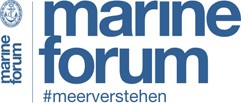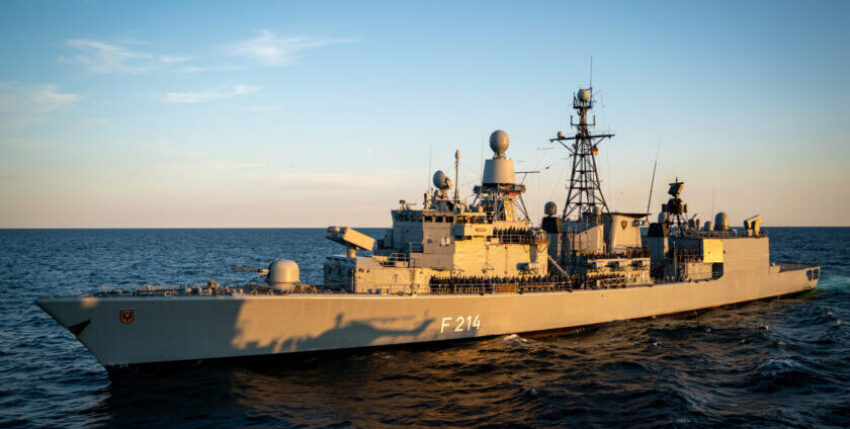From a press release by the Navy
On Monday, 17 January 2022 at 10 a.m., the frigate F214 LÜBECK will leave her home port of Wilhelmshaven to join the Standing Nato Maritime Group 2 (SNMG 2) in the Aegean for the last time. The LÜBECK is the last active representative of the F122 BREMEN class and will be prepared for retirement after her deployment.
This is the commander speaking
"My crew and I are now returning to the Aegean after four months at home. We were able to master extensive repairs and tests at home and are now optimally prepared for our upcoming deployment. When we arrive in June, we will probably have been at sea for eight months within a year under coronavirus conditions (i.e. without going ashore). This is a heavy burden for everyone. However, with the necessary professionalism and motivation of my crew, the 'Lucky Lübeck' will also be able to cope with the planned last deployment of her 32-year service," says the commander, frigate captain Kai Röckel (43).
What lies ahead for Lübeck
In the Aegean, the crew and ship can expect to work closely with the Turkish and Greek coastguards and the European Coastguard and Border Agency (FRONTEX). The frigate's main task here will be maritime surveillance. The frigate LÜBECK has taken part in this NATO mission three times in the last four years. She is expected to return to Wilhelmshaven in June.
Good to know - background to the application
At the initiative of Greece, Turkey and Germany, the NATO defence ministers decided on 10 February 2016 to contribute to European measures against migrant smuggling in the Aegean Sea. To this end, the Standing NATO Maritime Group 2 (SNMG 2) task force was deployed to the Aegean Sea. The task force is deployed in the Aegean Sea between the Turkish and Greek mainland. It currently consists of four to seven ships. The ships operate both on the high seas and, since March 2016, in the territorial waters of both neighbouring states.
Just look - do not touch!
NATO is providing support in the Aegean Sea area - the ships have no sovereign powers. It is not their task to stop vessels or take action against smugglers - neither in foreign territorial waters nor on the high seas. Such powers lie with the national coastguards and other competent authorities. The Bundeswehr is participating with a warship and the unit is led by a captain at sea.
NATO is also helping to improve the exchange of information between the Greek and Turkish coastguards and the European Union Border and Coast Guard Agency Frontex for border and coast guard operations in the Aegean. The ships provide Greek and Turkish authorities with information for a complete picture of the situation in the Aegean and on smuggling activities in the sea area. This is necessary in order to optimise the actions of the national authorities against smugglers and their networks.
Connections are everything
Liaison officers from Turkish and Greek authorities as well as an official from the European Border and Coast Guard Agency Frontex are on board the German lead ship. They are the interface to their organisations and speed up the flow of information. In this respect, NATO serves as a cooperation platform for the neighbouring countries.
Of numbers and people
After peaking at around 853,000 people crossing the Aegean in 2015, the number initially fell sharply in the following years. In 2019, 83,300 migrants were registered in the Aegean. This figure includes land border crossings. From January to the end of May 2020, around 7,800 border crossings were registered.











One Response
Good day, I think it's good that you get information about something like this and are enlightened...that many take the trouble to write about something like this THANK YOU.... It's sad that the frigate Lübeck has to be retired ... why not restore it ?! Like Gorch Fock ... d